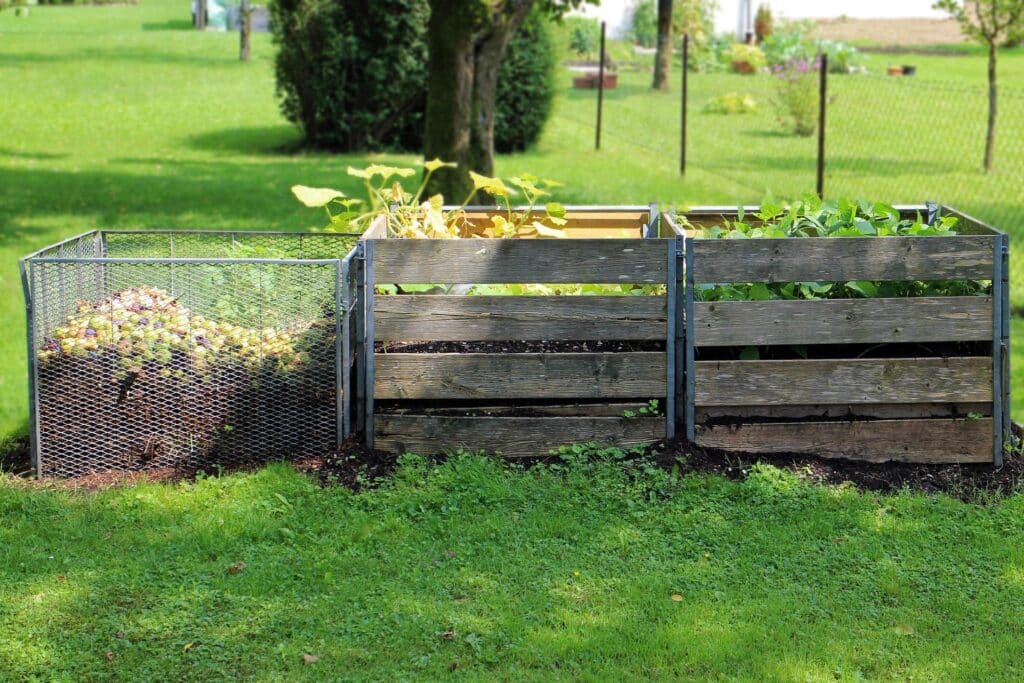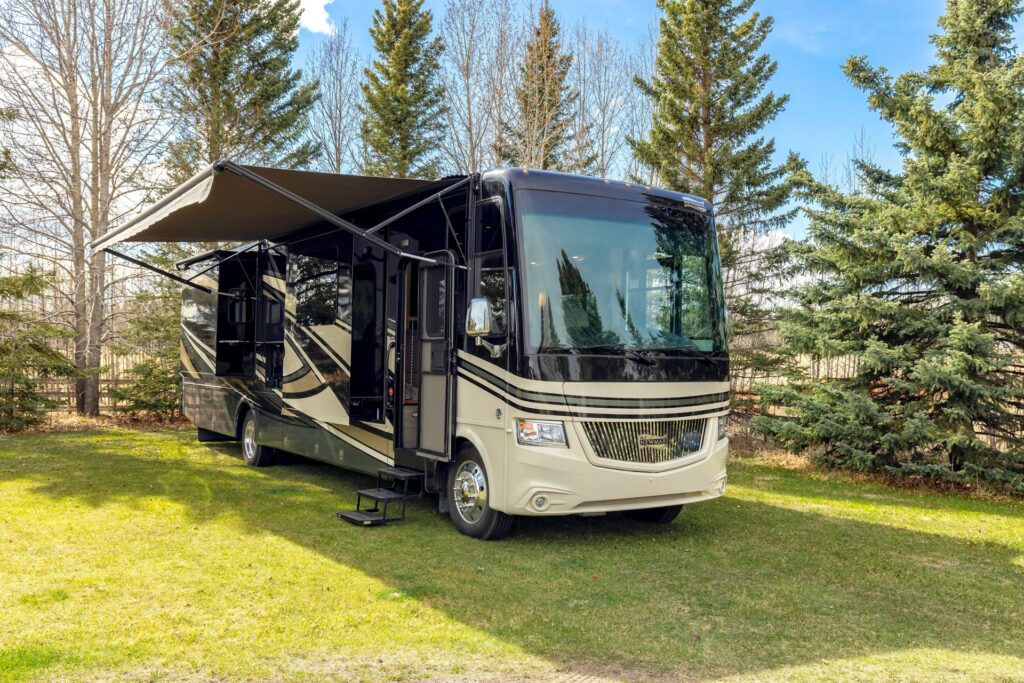You’ve thoroughly cleaned your kitchen, stored all food in sealed containers, and eliminated every visible crumb. Yet somehow, cockroaches continue appearing in your home. This persistence stems from their remarkable survival abilities—these resilient insects can live for weeks without eating and several days without drinking water.
Understanding cockroach survival capabilities is essential for developing effective cockroach control strategies. Their ability to thrive on minimal resources explains why traditional cleaning approaches often fall short of complete elimination and why professional intervention frequently becomes necessary for persistent infestations.
What Cockroaches Need to Survive
Like all living creatures, cockroaches require food, water, and shelter to survive, but their requirements are remarkably minimal compared to most household pests. Their bodies have evolved specifically for survival in challenging environments, allowing them to thrive on resources other insects couldn’t utilize.
Their dietary flexibility is extraordinary—they can sustain themselves on virtually any organic material they encounter:
Common food sources cockroaches will consume:
- Food crumbs and spills from cooking and eating areas.
- Grease residue on stovetops, range hoods, and cooking surfaces.
- Soap scum and residue from bathrooms and cleaning areas.
- Toothpaste remnants around sinks and medicine cabinets.
- Paper products including newspapers, cardboard, and book bindings.
- Pet food left in bowls or stored in accessible containers.
- Leather goods, fabric items, and even hair clippings.
A combination of dietary flexibility, physical adaptability, and behavioral stealth explains why cockroaches can establish persistent infestations even in homes that appear meticulously maintained.
How Long Can Cockroaches Survive Without Food?
Cockroaches belong to the category of cold-blooded insects, which means their metabolic rates remain significantly lower than warm-blooded animals. This biological characteristic allows them to conserve energy efficiently and survive extended periods without nutritional input.
Under typical indoor conditions, adult cockroaches can survive approximately 30 days without any food source. However, survival duration varies based on environmental factors:
Temperature influences: Cooler environments slow their metabolism further, potentially extending survival time beyond 30 days, while warmer conditions increase energy requirements and reduce survival duration.
Humidity factors: High humidity levels help preserve their bodily moisture, extending survival time, while dry conditions accelerate dehydration and reduce their ability to survive food deprivation.
Species variations: Larger species like American cockroaches typically outlast smaller species such as German cockroaches due to greater energy reserves stored in their bodies.
During food-scarce periods, cockroaches become remarkably resourceful, consuming wallpaper adhesive, soap residue, hair clippings, fabric fibers, and virtually any organic material available. German cockroaches, in particular, can survive on microscopic amounts of organic matter, explaining why even thoroughly cleaned kitchens sometimes continue supporting small populations of these persistent invaders.
How Long Can Cockroaches Survive Without Water?
While cockroaches demonstrate remarkable resilience regarding food deprivation, their water requirements create a more significant vulnerability. Dehydration affects them much more rapidly than starvation, making moisture control a critical component of effective cockroach management strategies.
Without access to water sources, most cockroach species face the following survival limitations:
- Dry conditions: In low-humidity environments, cockroaches typically die within 7 days due to rapid moisture loss through their exoskeletons.
- Humid environments: Higher humidity levels can extend their survival to 10-14 days by slowing the dehydration process.
- Heat exposure: Elevated temperatures accelerate moisture loss, reducing survival time significantly below the typical 7-day threshold.
However, cockroaches don’t require obvious water sources like pet bowls or dripping faucets. They efficiently extract moisture from numerous household sources including food items with high water content, condensation forming on pipes or appliances, residual moisture in wet sponges or dishcloths, humid bathroom environments following showers, and even damp paper towels in waste receptacles.
This ability to utilize minimal moisture sources explains why comprehensive cockroach control requires addressing both obvious water sources and subtle humidity factors throughout your home environment with a professional pest control service.
Factors That Affect Cockroach Survival
Several key environmental variables significantly influence how long cockroaches can survive without adequate food or water resources. Understanding these factors helps homeowners identify conditions that may be supporting persistent infestations despite their best cleaning efforts.
- Species differences: American cockroaches, being larger, maintain greater energy reserves and typically survive longer than smaller German cockroaches or brown-banded cockroaches during resource-scarce periods.
- Temperature considerations: Indoor temperatures directly impact cockroach metabolism—warmer homes accelerate their metabolic processes, increasing food and water requirements, while cooler environments slow metabolism and extend survival duration.
- Humidity levels: High indoor humidity helps cockroaches retain bodily moisture longer, extending their survival time without direct water access, while dry conditions accelerate dehydration and reduce survival periods.
- Shelter quality: Cockroaches hiding in protected locations such as wall voids or beneath appliances lose moisture more slowly than those exposed in open areas, significantly extending their survival capabilities.
- Life stage factors: Adult cockroaches generally survive longer than nymphs (juvenile cockroaches) due to their larger size and greater energy reserves, though nymphs may require less overall nutrition.
Even when conditions aren’t ideal, cockroaches can enter semi-dormant states, reducing their activity levels and metabolic requirements until environmental conditions improve, explaining their ability to seemingly disappear and then reappear weeks later.
Why You Still See Roaches After Cleaning
Many homeowners become frustrated when cockroaches continue appearing despite extensive cleaning efforts. This persistence results from cockroaches’ exceptional hiding abilities and their capacity to survive on resources that seem insignificant to humans.
Microscopic food particles accumulate in areas rarely cleaned, including beneath and behind large appliances, inside electrical outlets and switch plates, within cracks around baseboards and cabinet edges, underneath stacked papers or storage boxes, and inside ventilation systems where grease and debris collect over time.
Water access persists in locations often overlooked during cleaning, including condensation on refrigerator coils, minor plumbing leaks inside walls, humidity in laundry areas, moisture from plant watering, and steam residue in bathroom areas following showers.
Cockroaches excel at finding hiding spots that remain undisturbed for extended periods, including spaces behind wall-mounted televisions or pictures, interior areas of furniture or appliances, gaps between stacked items in storage areas, and hollow spaces within furniture construction.
Their exceptional patience allows them to remain motionless in these hiding locations for weeks, emerging only when conditions become favorable or when they must search for resources, explaining why single cockroaches can seem to vanish completely before reappearing unexpectedly.
When to Consider Professional Help
When cockroach problems persist despite your thorough cleaning efforts, professional intervention can identify hidden harborage areas and implement comprehensive elimination strategies tailored to your specific infestation challenges. Our cockroach control specialists provide detailed property assessments that often reveal survival resources and hiding locations homeowners consistently miss.
Our pest control experts focus on creating long-term protection by addressing both current populations and the survival conditions that make cockroaches so persistent. Contact us for a free quote for effective elimination of your cockroach problem and get back peace of mind.









